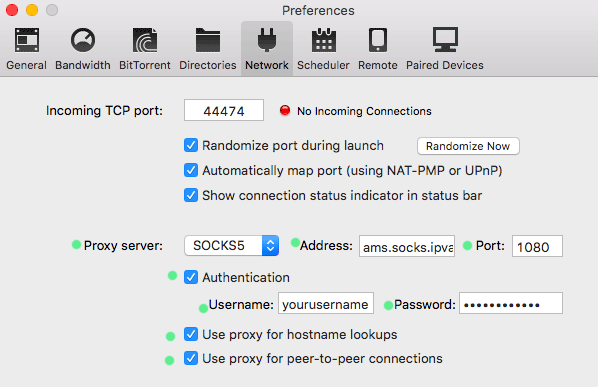

General purpose platform session cookies that are used to maintain users' state across page requests. It allows the website owner to implement or change the website's content in real-time.

This cookie is used by the website's WordPress theme. The cookie is used to store the user consent for the cookies in the category "Performance". This cookie is set by GDPR Cookie Consent plugin. The cookie is used to store the user consent for the cookies in the category "Other. The cookies is used to store the user consent for the cookies in the category "Necessary". The cookie is set by GDPR cookie consent to record the user consent for the cookies in the category "Functional". The cookie is used to store the user consent for the cookies in the category "Analytics". The cookie is set by GDPR cookie consent to record the user consent for the cookies in the category "Advertisement". This is an anti-forgery cookie used for preventing cross site request forgery attacks. This cookie is set by web application built in ASP.NET MVC Technologies. If this cookie does not exist when HubSpot manages cookies, it is considered a new session. According to their documentation, whenever HubSpot changes the session cookie, this cookie is also set to determine if the visitor has restarted their browser. This cookie is used for load balancing and for identifying trusted web traffic. This cookie is set by the provider Cloudflare. These cookies ensure basic functionalities and security features of the website, anonymously.

Necessary cookies are absolutely essential for the website to function properly. Or to learn more about Office 365 Single sign-on in Outlook read here
#Coolie settings for chrome on a mac android#
To learn more about ADFS on android read our other blog here Those without the User Agent String will fall back to Forms-Based as they are not using a WIA supported agent. The most elegant solution for achieving this behaviour is to inject a custom user agent string into client browsers using Group Policy (therefore setting for all client machines inside the network that will integrate using WIA) and setting the WIASupportedAgents to just that custom string, so they will authenticate using WIA.
#Coolie settings for chrome on a mac windows#
You should note that when a browser is added to the list of Supported user agents, if the client does not authenticate using Windows Integrated Authentication it will not fall back to Forms-Based authentication, but to Basic as per ADFS 2.0. You should add the current list of Supported User Agents to a custom variable and then append the Mozilla/5.0 agent string to ensure that no other functionality will be broken. Set-ADFSProperties -WIASupportedUserAgents “MSIE 6.0”, “MSIE 7.0”, “MSIE 8.0”, “MSIE 9.0”, “MSIE 10.0”, “Trident/7.0”, “MSIPC”, “Windows Rights Management Client”, “Mozilla/5.0”) An example of the command used for adding the required User Agent String is as follow: Set-ADFSProperties | Select WIASupportedUserAgentsĬurrent versions of Chrome and Firefox (at time of writing) can be enabled by adding Mozilla/5.0 to the Supported User Agent Strings. To check the currently supported User Agent Strings you should run the following command: NB – This functionality is also available in ADFS 2.0, although it was not officially supported by Microsoft. To enable this functionality you can add additional supported User Agent Strings to the ADFS configuration. The supported User Agent Strings for ADFS 3.0 by default do not support Single Sign-On from Third-Party browsers, i.e.


 0 kommentar(er)
0 kommentar(er)
